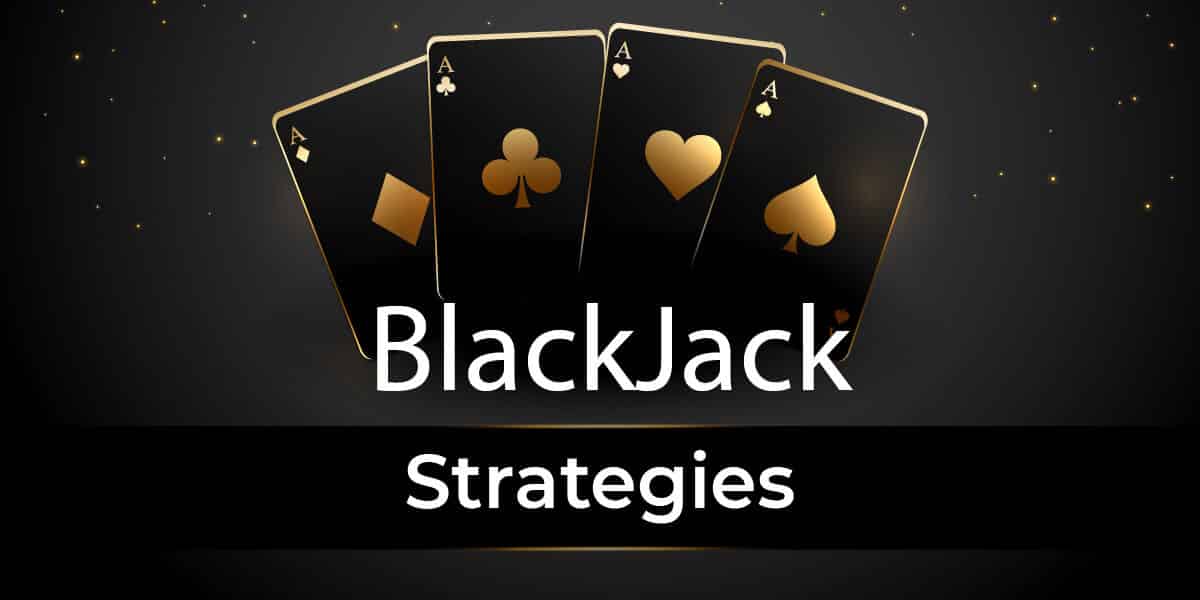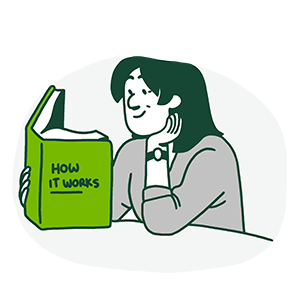Single deck blackjack has the lowest casino edge of 0.16%, which gives the player better odds. Double deck games have a considerably low edge at 0.46%. Most land-based resorts and reputable online casinos use six to eight decks for blackjack. Increase your Blackjack odds We are going to take you through some of the most effective ways to raise your blackjack odds - with minimal effort. Of course, this isn't an exhaustive list - but it gives you a firm introduction to some of the more popular tactics available.

Blackjack is a game that may look simple on the outside, but beneath the surface, you’ll find that it’s all about odds and making the correct mathematical decisions. It’s easy to let your intuition take over and base your decisions at the table on that. To be able to play perfectly and master blackjack, it is, however, crucial to understand what the odds are for every scenario you face and only base your decisions on those odds. It’s important to be aware of how the house is getting an edge in the game and what advantages us players have to our disposal, which can be used to lower the house edge.
In the following article, we’ll be covering the basics for the optimal blackjack strategy, known as basic strategy, which makes it possible to lower the house edge a great deal. We’ll take a look at how the house is getting its edge; what our own advantages are; give a few examples on the odds on certain outcomes and show you how basic strategy is applied at the tables. The goal is to create a good understanding of the importance of odds and how the use of basic strategy can help you improve your game when you’re playing for real money.
To win at blackjack, you need to get closer to 21 than the dealer, without going over. That sounds basic, but a key to blackjack for beginners is understanding the odds and basic strategy of when to draw another card (hit) and when to stop (stay). In this casino guide, blackjack for beginners, you’ll get the basic rules, strategy, and lingo so you can feel comfortable gambling online or in a brick-and-mortar casino.
Blackjack for beginners: The basics
The cards, the cash, the cocktails. As a game, blackjack just looks cool in the casino. In movies from “Rain Man” to “21” to “Vegas Vacation,” Blackjack plays a major role and is one of those iconic casino games everyone wants to give a shot. If you’re new to the game, here’s a quick guide to get you on the right track at the table. Hopefully your luck is a bit better than Clark Griswold’s.
Play live dealers online:Sign up at Golden Nugget
The goal of blackjack is for a player’s hand of cards to add up to as close to 21 as possible without going over — known as busting. Numbered cards count as their number; that’s simple enough. Aces can be played as 1 or 11, and face cards count as 10.
To start a game, each player is dealt two cards (usually face up) from a shoe usually with four, six, or eight decks (though you can find single- and double-deck blackjack at higher stakes). The dealer also is dealt two cards with only one of those face up. The dealer has a major advantage in getting to act last.

A player dealt an ace and a 10 (or face card) hits a “natural” 21, also known as blackjack. The player is paid immediately in most circumstances at 3-to-2 (bet $200 and win $300), although more casinos have gone to the inferior 6-to-5 payout (bet $500 to win $600). If the dealer is also dealt a blackjack, however, the hand is a push — no win, no loss.

Blackjack for beginners is pretty simple: If your hand is closer to 21 than the dealer’s, then you win. Also, if the dealer happens to bust (go over 21), you win. It sounds easy, but there are more caveats and things to remember.
Blackjack for beginners: Terms and bets
Hit: Maybe you’ve seen someone playing blackjack in a movie say “hit me.” That means you’re taking another card in the quest to get closer to 21. A tap of the finger or hand also works, and the dealer will give you another card.
Stand: You “stand” when you don’t want any more cards. Usually this happens when you hit a 17 or higher (and sometimes even lower depending on the dealer’s card). A simple waving of the hand as if saying “no” will do the trick. The dealer will then go on to the next player.
Soft: If you have a “soft 17,” that means you have an ace and 6. Because an ace counts as 1 or 11, this hand can be either 7 or 17 and a player isn’t hurt by taking a hit as a 10 won’t bust this hand. Dealers must draw until reaching 17 or higher, but usually must hit a soft 17. Staying on all 17s works in the player’s favor. Different casinos have different rules dictating the dealer’s move on soft 17.
Insurance: A bet players can make when the dealer’s up card is an ace. The player can usually bet half of his bet and “insure” some of his bet against a Blackjack. This is a sucker bet and a loser in the long run.
How To Improve Your Odds At Blackjack Odds
Split: If you are dealt two of the same card, you are allowed to split those bets into two different hands by making a second bet. The hands then play out in the normal routine. It’s important to know basic strategy to know the best odds when it comes to knowing when and what hands to split (see graphic). Got two 10s? Never split — that 20 already has a high likelihood of being a winner. Two fives? Another hand that’s a keeper. That 10 has a nice likelihood to get another high card — hopefully an ace — for a winner.
Double down: Players are allowed to (and should) double their bets on certain hands for an extra score. The catch to doubling down is the player will only receive one card, so if you pull a 3, and have 13, you’re done. Doubling is common on hands totaling 9, 10 or 11 because of the high likelihood of getting another high card. But there are other circumstances to consider before making this move. Knowing basic strategy will certainly help.
Live blackjack dealers:Play now at SugarHouse
Things to know about blackjack
Blackjack is one of the best games in the casino for a player, but it’s important to learn basic strategy if you want to take it seriously and have the best odds of winning. With numerous cards valued at a 10 or 11 (10, jack, queen, king, ace), there are a variety of things to consider when it comes to hitting, standing, doubling down, or splitting.
How To Improve Your Odds At Blackjack Game
There are numerous resources to check out and learn the best strategy when playing blackjack, and it’s highly recommended. Applying the strategy perfectly can reduce that house edge down to as low as .05 percent.
Blackjack Odds Explained
There’s also one more thing to remember: Unlike the movies, players are not allowed to touch the cards. Simple hand movements are the norm in most games. Good luck.